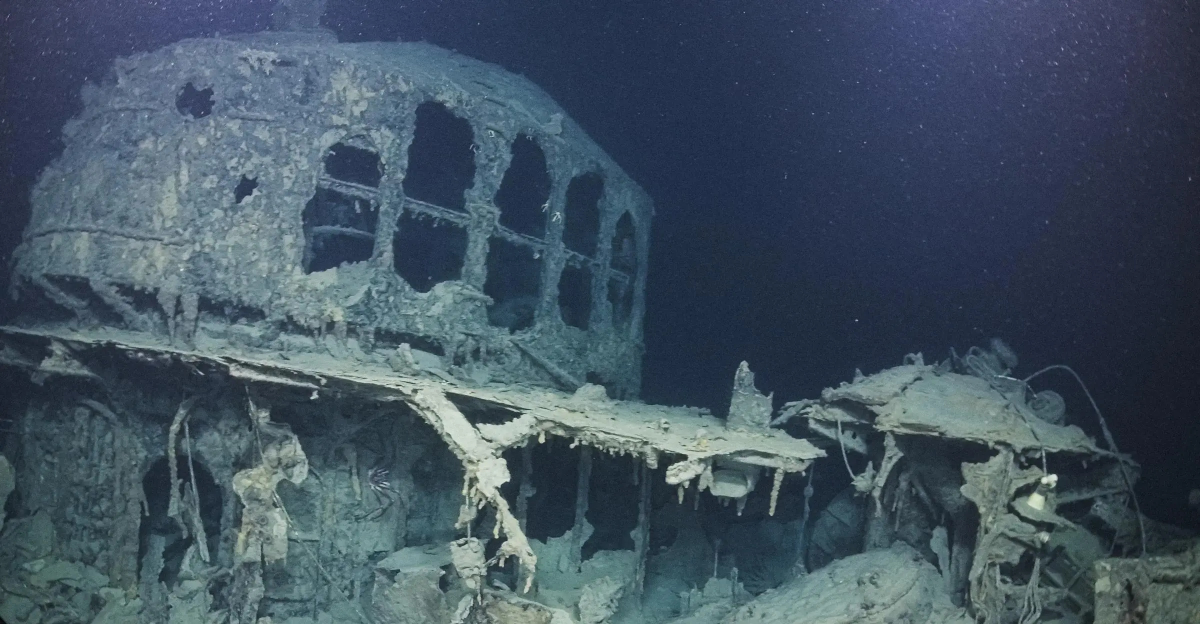
In July 2025, the Ocean Exploration Trust’s research vessel Nautilus achieved an underwater milestone. Its ROVs Hercules and Atalanta discovered a World War II destroyer more than 800 meters below the Pacific surface.
It was the first time anyone had laid eyes on Admiral Raizo Tanaka’s flagship Teruzuki since it sank – an unprecedented event that set naval historians abuzz.
Survivors’ families and researchers watched in astonishment as live video from the deep sea confirmed the intact wreck.
Experts immediately noted this could challenge decades of accepted narratives about the Guadalcanal campaign.
Ocean Graveyard
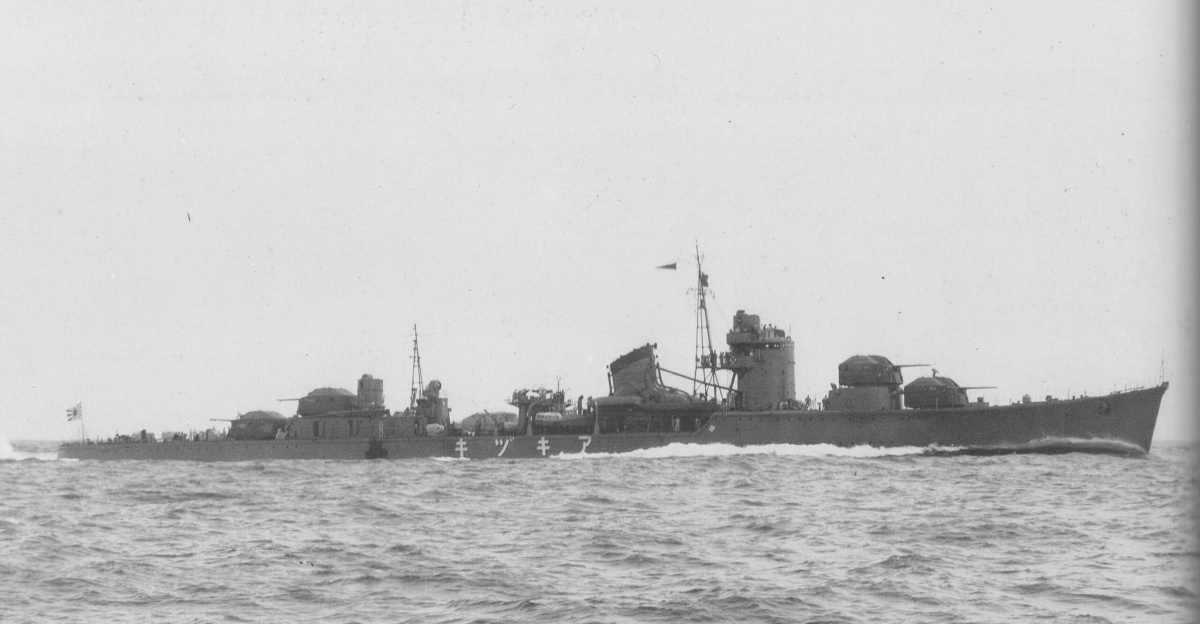
Iron Bottom Sound – the channel between Guadalcanal, Savo and the Florida Islands – earned its grim nickname during the brutal 1942–43 campaign. More than 100 warships and about 1,450 aircraft from both sides now rest on the Sound’s floor, yet fewer than 30 wrecks have been located.
These war-torn hulks lie scattered over rocky terrain, often hidden under coral and sediment.
Modern tools like high-resolution sonar and deep-sea drones have helped locate many, but dozens of lost ships still elude discovery.
The Teruzuki find reminded explorers that even well-studied regions can yield surprising new wrecks.
Pacific Turning Point
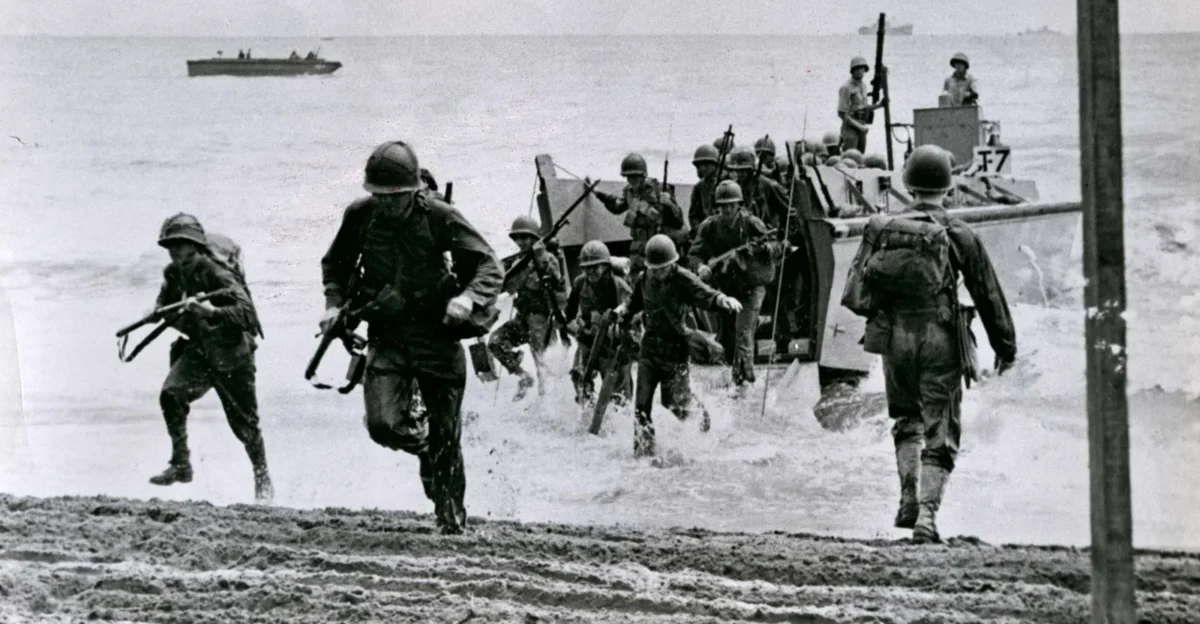
In 1942, Guadalcanal was the site of the Allies’ first major counteroffensive in the Pacific, a turning point in the war.
The tiny island’s airstrip (Henderson Field) and its location made it strategically vital, so both Japan and the Allies poured ships and planes into the surrounding waters.
Between August 1942 and February 1943, five fierce naval engagements around Guadalcanal claimed over 20,000 lives and sank 111 warships.
The ferocity of these battles transformed Guadalcanal from an obscure atoll into a symbol of sacrifice and resolve. Today, each wreck on the seabed is a tangible reminder of those desperate months of fighting.
Tokyo Express Terror
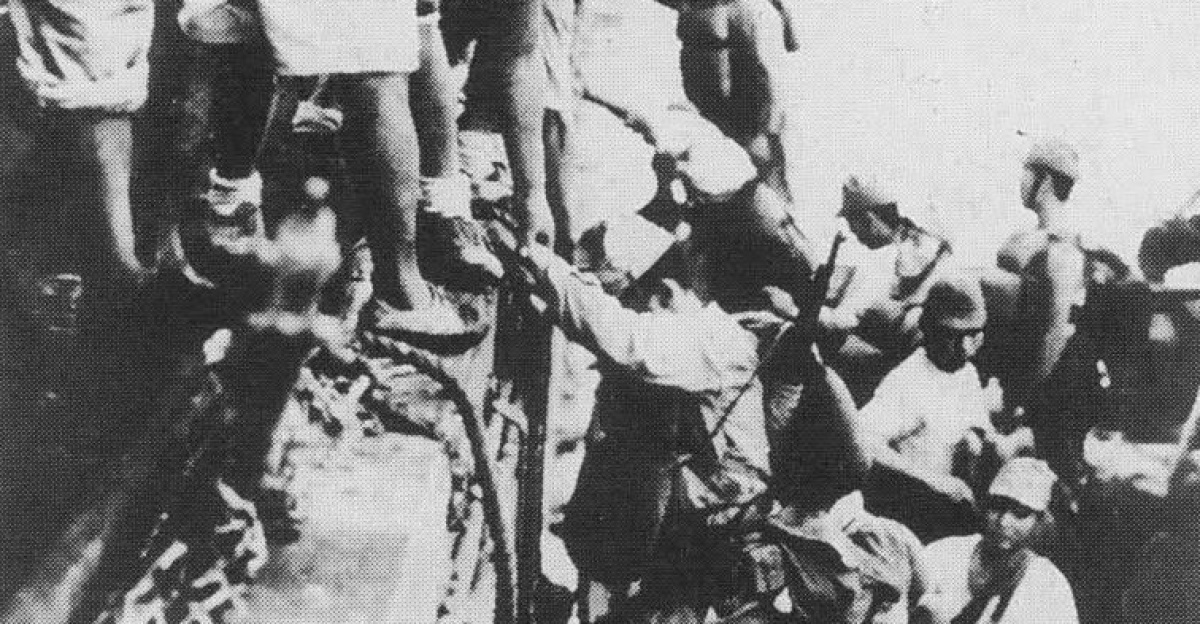
During the campaign, Japanese destroyers ran nighttime supply missions called the “Tokyo Express,” delivering troops, ammunition and food under cover of darkness.
Rear Admiral Raizo “Tenacious” Tanaka led these high-speed runs, earning a fearsome reputation for evading Allied patrols.
By skillfully dodging waves of U.S. aircraft from Henderson Field, Tanaka kept his starving troops supplied when daytime runs had become too dangerous.
His lightning-fast tactics and expert torpedo attacks repeatedly inflicted heavy losses on the U.S. Navy, becoming legendary among Japanese sailors. Even Allied intelligence struggled to anticipate these daring raids, which in Japan were later celebrated as feats of naval valor.
Legendary Flagship Found
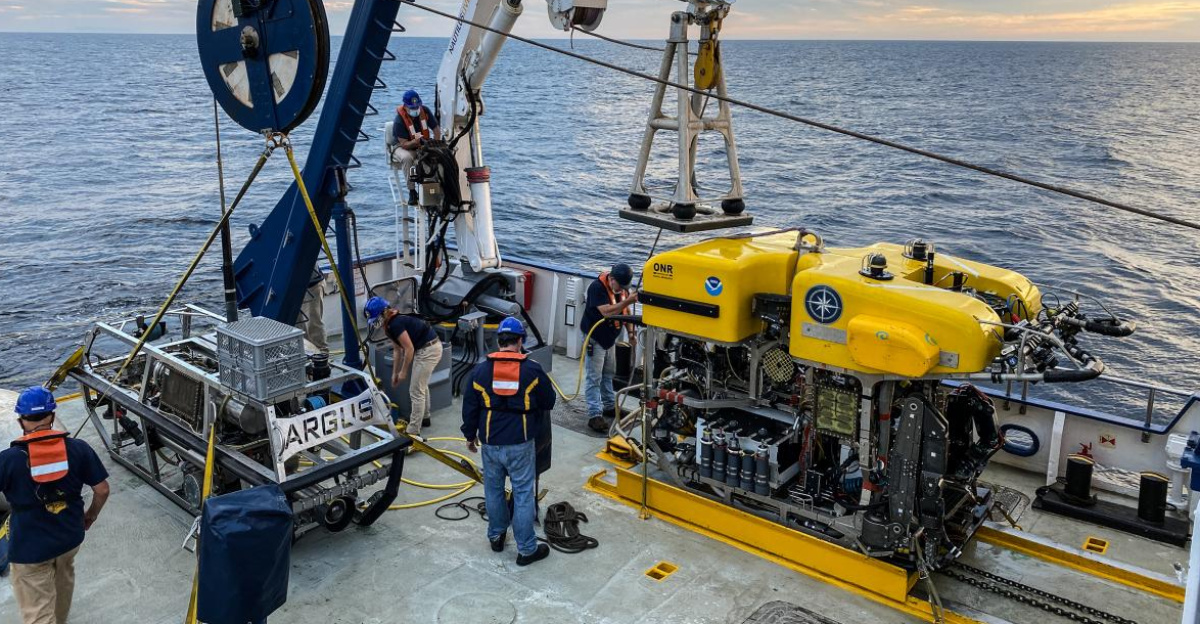
The high-tech search paid off on July 10, 2025, when Nautilus’s ROV Hercules finally spied the Teruzuki on the ocean floor. The 134-meter Akizuki-class destroyer – nicknamed “Shining Moon” – was found at about 800 meters depth in Iron Bottom Sound.
It had been Admiral Tanaka’s flagship during the Guadalcanal campaign.
The discovery thrilled the team after months of searching. “I feel so lucky to see this ship…the fact that we have not seen Teruzuki in over 80 years underscores the importance of recording maritime heritage now,” said Japanese researcher Hiroshi Ishii, a Kyoto University archaeologist who helped document the wreck.
The images confirmed a vessel intact enough to reveal secrets lost for generations.
Battle Scars Revealed
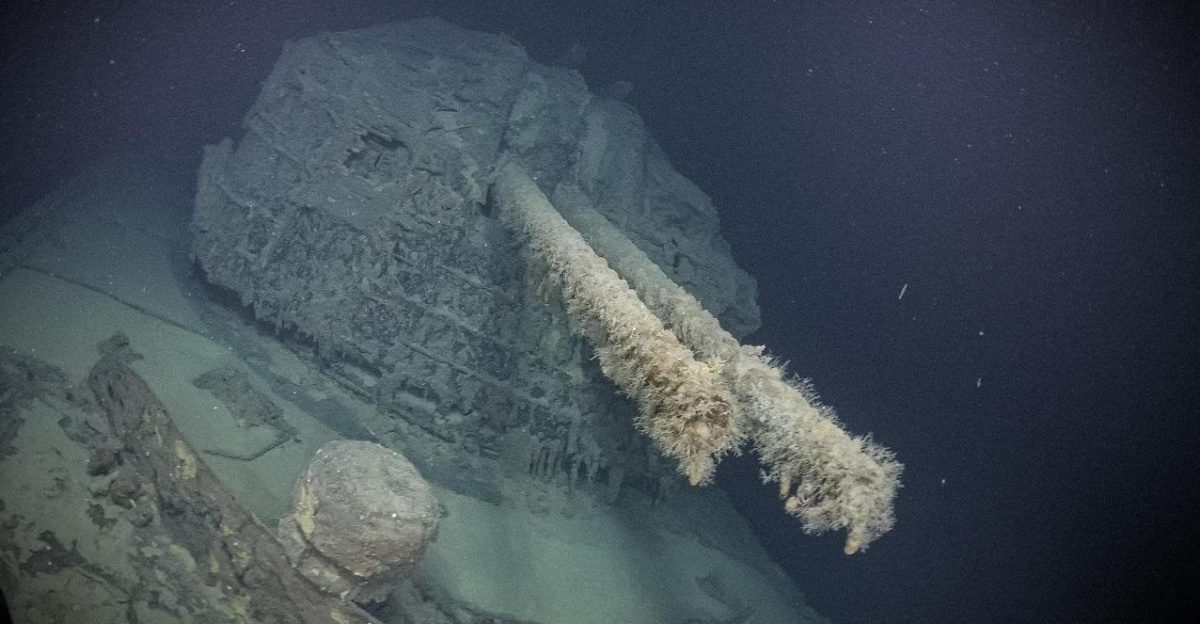
The ROV footage showed the wreck torn in two. A 19-meter segment of Teruzuki’s stern lay about 650 feet from the main hull, its deck still bristling with intact depth charges.
This gruesome scene provided the first visual proof of how the ship sank.
It confirmed that two U.S. patrol torpedoes struck Teruzuki’s stern on Dec. 12, 1942, shattering her rudder and leaving her dead in the water.
In one frame, an underwater spider clings to the twisted metal – a silent witness from the abyss.
Historians noted the clarity of the footage was like “traveling back in time” to that night, allowing them to match wreck parts with survivor accounts. It was a vivid link between past and present.
Final Mission
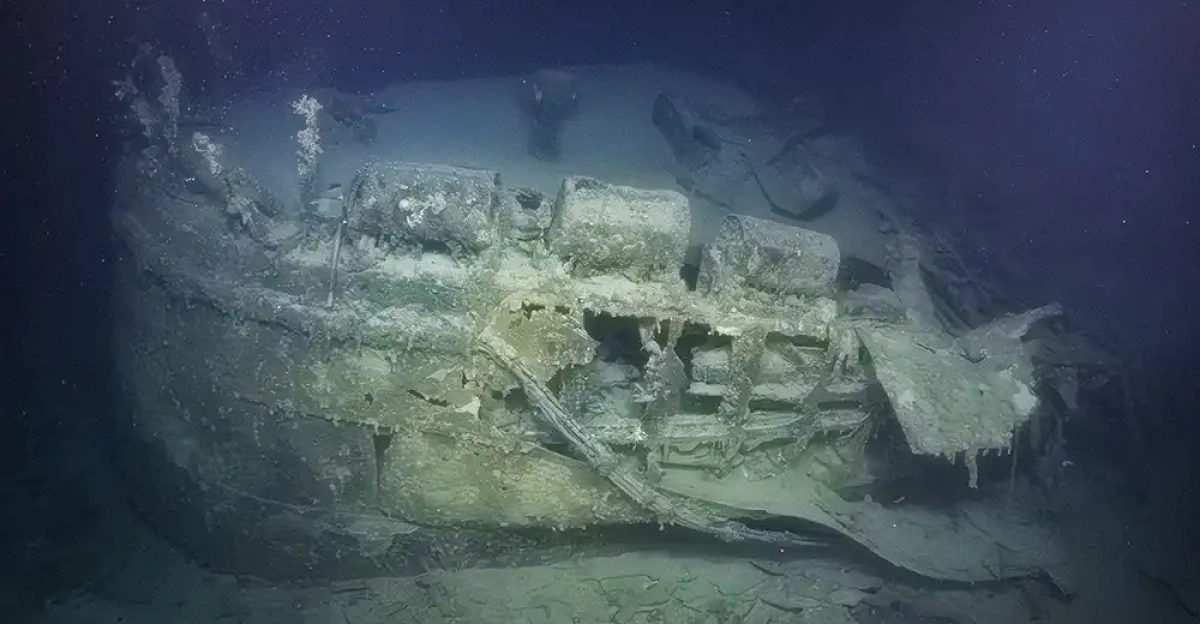
By dawn on Dec. 13, the crippled destroyer had settled on the seabed and survivors were reaching shore. Of Teruzuki’s 353-man crew, all but nine were rescued or swam to safety after the attack.
Those nine sailors died when their ship finally sank. For the expedition team, photographing the wreck was deeply moving: it put names and faces to the history.
One Japanese diver compared it to a pilgrimage to an ancestral grave, saying he felt the weight of history through the screen.
In Solomon, local veterans remarked that the find answered stories they’d heard as children. The pristine condition of the wreck underscores the urgency of documenting these war graves before any living memory is lost.
Combat Legacy
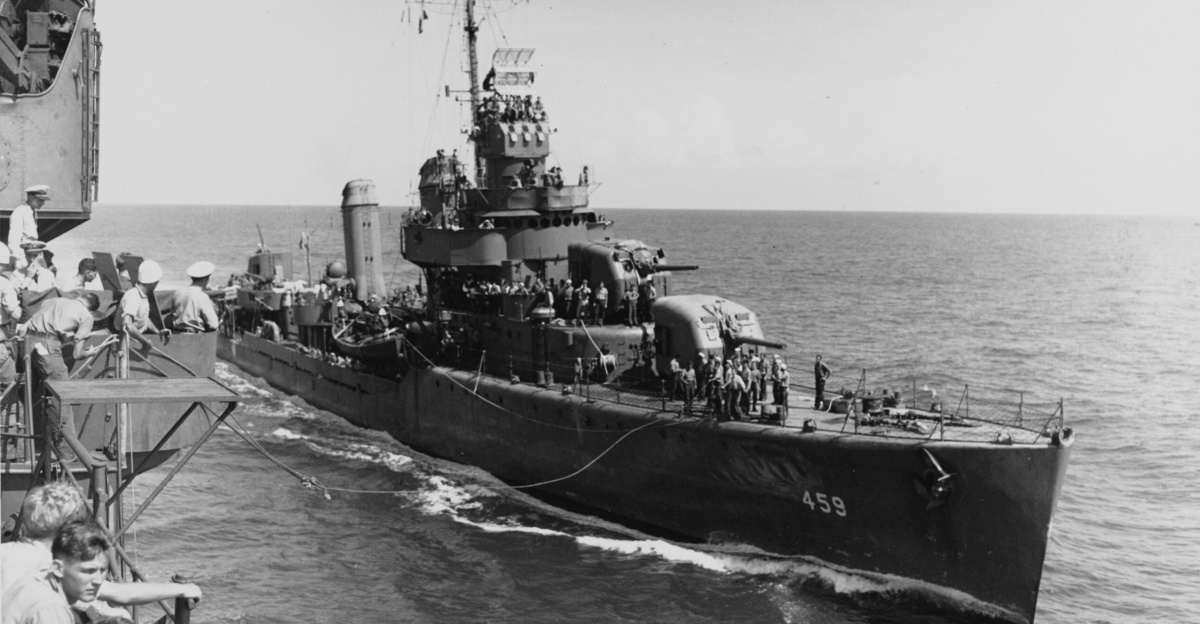
Before its demise, Teruzuki had a remarkable combat legacy. In the Naval Battle of Guadalcanal (Nov 12–15, 1942), her 100mm dual-purpose guns helped sink two U.S. destroyers – USS Laffey and USS Monssen – and disable two more (USS Cushing and USS Sterett).
Her torpedoes also hit additional enemy ships. These successes cemented Tanaka’s fearsome reputation during the campaign.
American crews later described facing Teruzuki as meeting a “furious wall of fire.” News of each sinking was a blow to Allied morale and a cause for celebration in Japan.
Teruzuki’s wartime exploits made her one of Japan’s most effective warships – a status preserved on the seabed until now.
Strategic Impact

The loss of Teruzuki was more than a tactical defeat; it marked a strategic turning point. Without their ace destroyer commander, Japan began ceding the initiative around Guadalcanal.
As Rear Admiral Sam Cox (Naval History Command) notes, both sides fought with “extreme courage and tenacity,” but in the end “the U.S.
Navy and allies prevailed, at enormous cost”.
Shortly after Guadalcanal, Tanaka was reassigned to Burma, effectively ending his frontline career. Scholars say losing Teruzuki helped tilt momentum toward the Allies. Today, her sinking is seen as one of several key reversals that forced Japan onto the defensive in the South Pacific.
History Rewritten
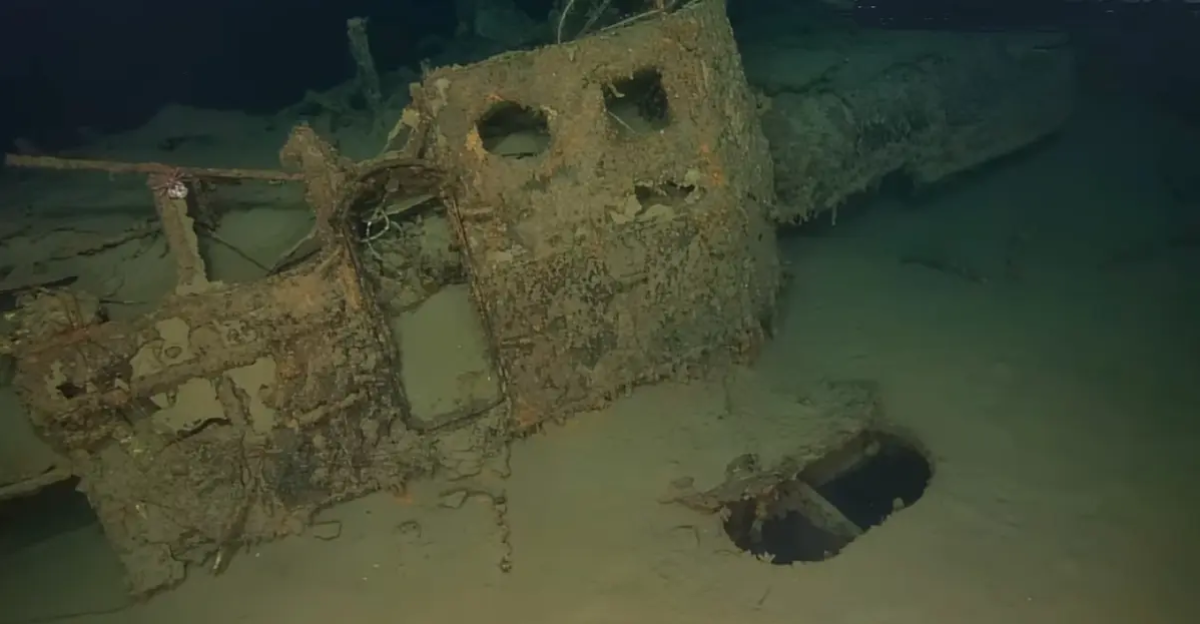
In a stunning twist, this discovery overturned decades of speculation. ROV footage showed intact depth charges lining the stern deck, proving that the ship’s own magazine had not detonated underwater.
In fact, the team reported that finding the 19-meter stern “littered with depth charges” had disproved a long-held theory that it was depth charge explosions that sealed the ship’s fate”.
In other words, American torpedoes, not Teruzuki’s munitions, sank the ship. News outlets immediately described it as rewriting naval history.
Historians now say this evidence forces a complete revision of the battle’s story – a true “sea change” in our understanding of Guadalcanal.
Technology Triumph
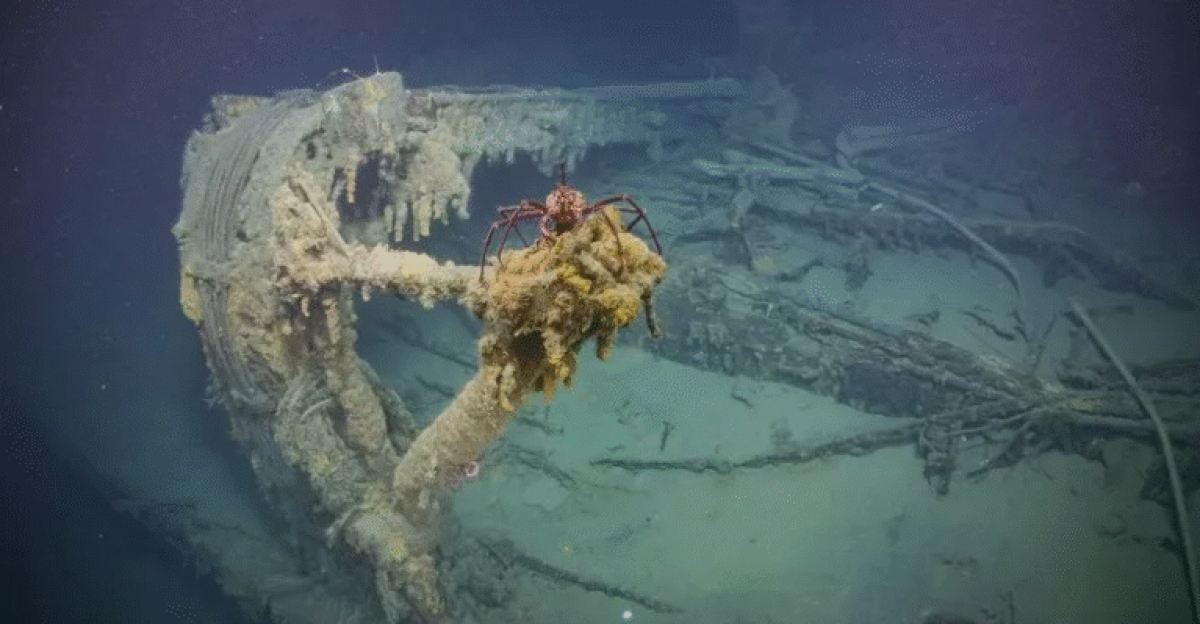
The Teruzuki discovery was powered by cutting-edge exploration tools. Nautilus paired its deep-diving ROVs with the University of New Hampshire’s unmanned surface vessel DriX to find and inspect wrecks.
The DriX first mapped large swaths of seabed, then Hercules and Atalanta swept in to film any targets.
By teaming unmanned surface mapping with ROV imaging, researchers could survey areas much faster than before. NOAA notes this coordinated use of USV and ROV is a breakthrough in maritime archaeology.
In this expedition, the team mapped over 1,000 square kilometers and spent 138 hours exploring with ROVs.
International Collaboration
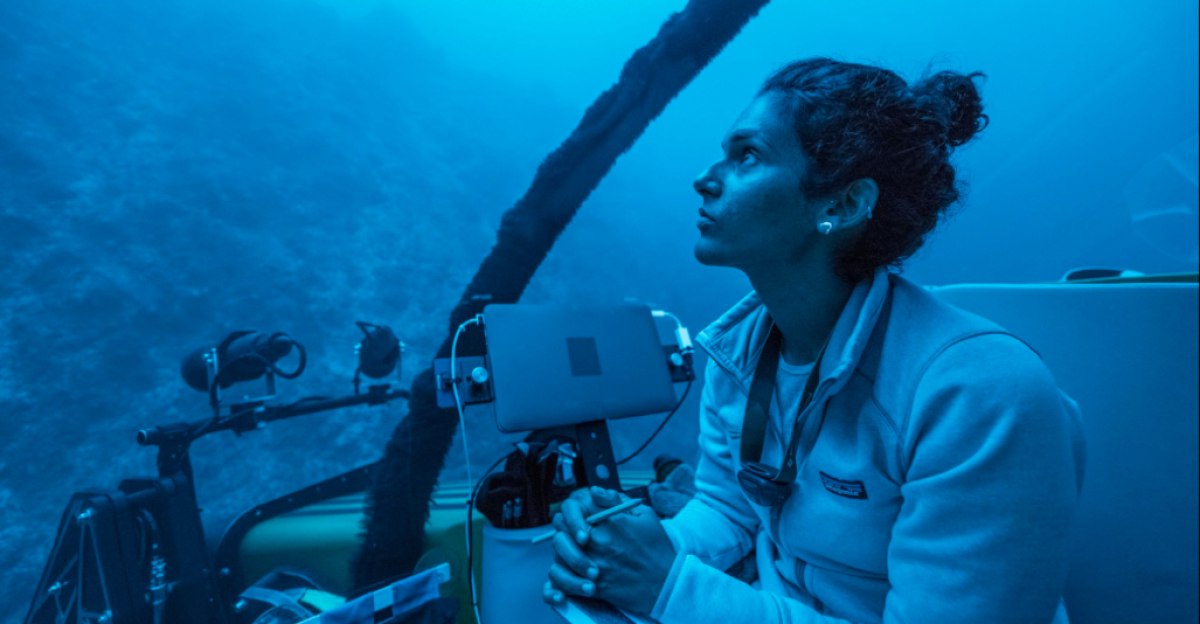
Archaeologists from Japan, Australia, New Zealand and the U.S. joined this expedition, working together as the ROVs dove. More than 130 experts around the world connected via live telepresence to guide the submersibles and interpret findings in real time.
Engineers and historians ashore in Tokyo, Canberra, Wellington and elsewhere participated via video link.
This global teamwork honored sailors of all nations; even classrooms thousands of miles away could follow the dives.
Teachers reported that students were riveted by the live feeds, submitting questions to the scientists. The project became a virtual fleet at sea, showing how modern technology unites research across continents.
Live Discovery
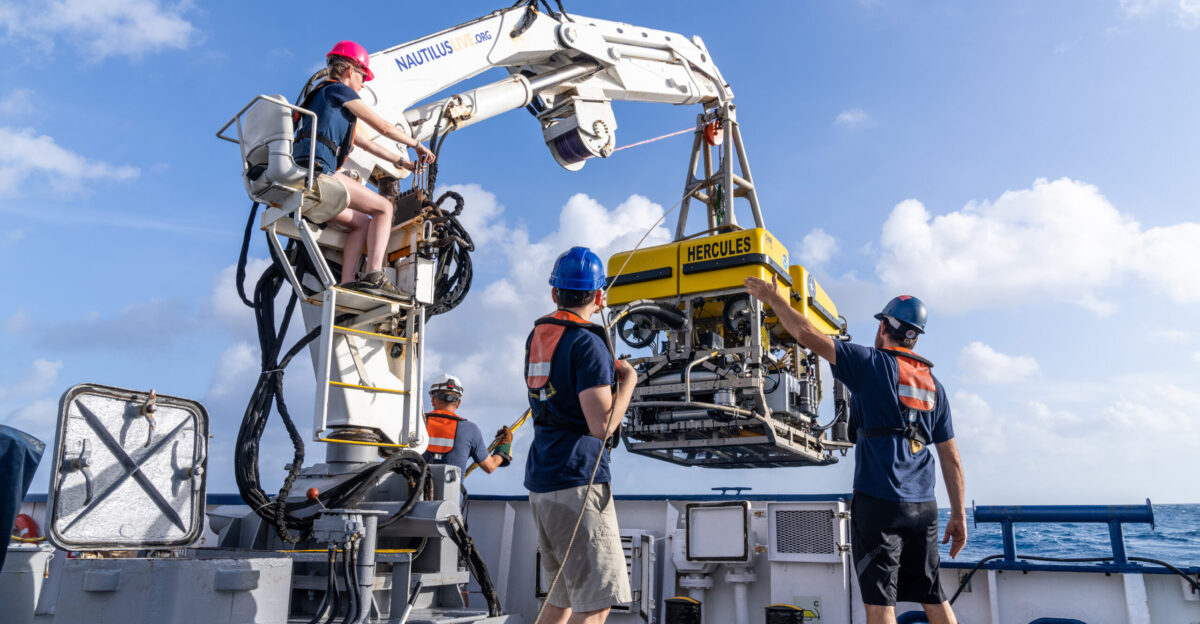
The Nautilus expedition shared its findings as they happened. Live video feeds drew an audience of millions, as each ROV dive was broadcast on NautilusLive.org. Over 22 days at sea, the team documented 13 different wrecks, including never-before-seen images of USS New Orleans and IJN Teruzuki.
The mission also produced the highest-resolution maps of Iron Bottom Sound to date, transforming a sprawling ocean battlefield into a detailed chart.
Viewers around the world reacted in real time: social media lit up with comments from veterans and descendants recalling their own Guadalcanal stories.
One student posted, “My great-grandfather was on Guadalcanal – seeing these wrecks makes history personal.” The live discovery brought global attention to this underwater graveyard.
Scientific Significance
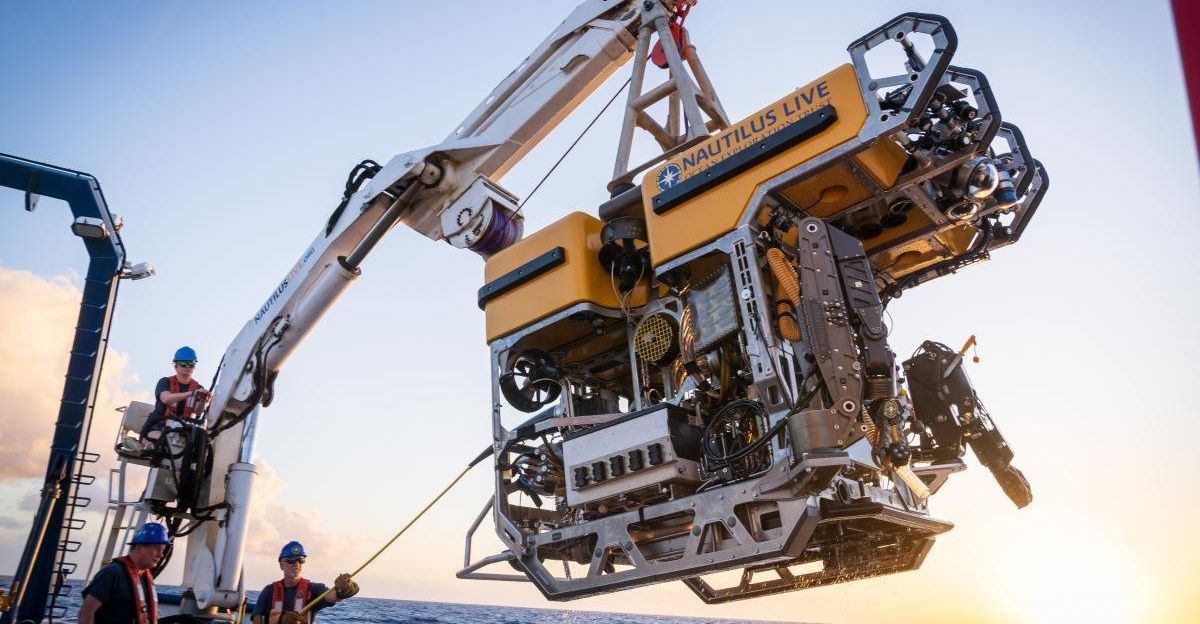
NOAA marine archaeologist Phil Hartmeyer praised the international effort. “The discovery of Rear Admiral Tanaka’s flagship Teruzuki was made by a multidisciplinary, international team… uncovering Teruzuki’s significance to former combatant, and now allied, nations,” he said.
His point: this wreck belongs to all of history. He added, “Only by exploring our planet’s unknown waters can these significant stories of sacrifice and human connection be brought to light.”
In other words, deep-sea archaeology is giving voice to the sailors of both sides, making their personal stories part of a shared human narrative.
Japanese researchers at the site also noted how meaningful it was to honor every nation’s fallen together.
Future Exploration
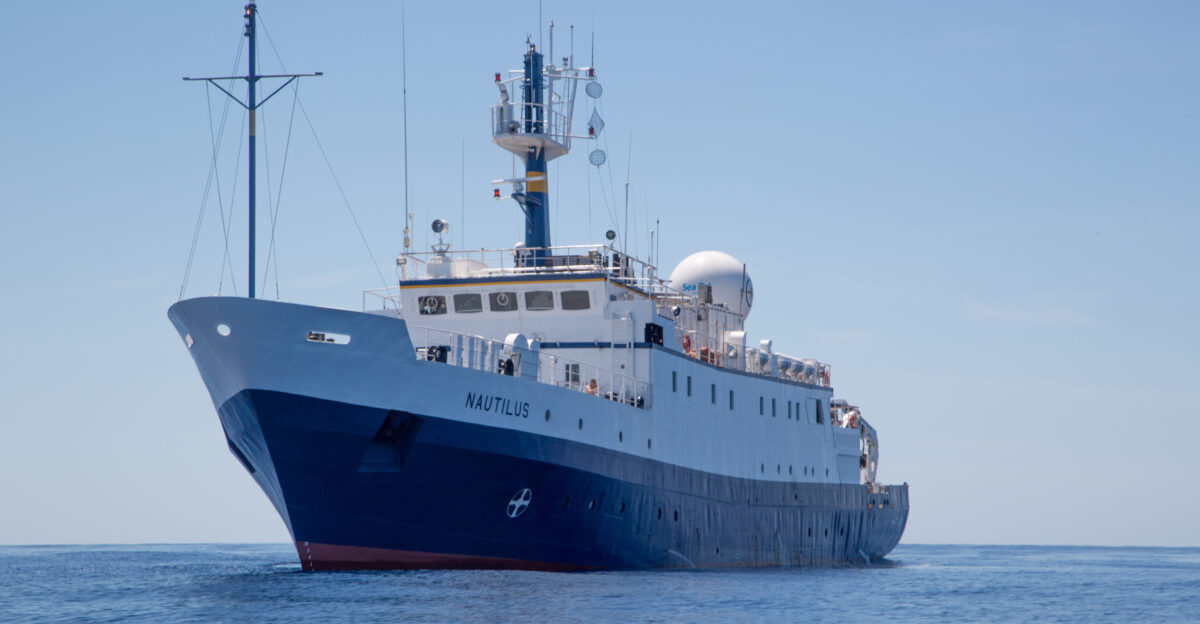
Despite the success, much of Iron Bottom Sound remains unexplored. NOAA notes that of the 111 ships sunk during the Guadalcanal campaign, only 30 have been found and surveyed, meaning at least 21 major wrecks are still missing in the deep.
The Teruzuki search suggests a way forward: by combining unmanned mapping and ROV dives, explorers can systematically hunt for the rest.
In coming years, dozens of other Japanese and Allied ships – from heavy cruisers to supply barges – may finally be discovered.
Each new find will fill gaps in the Pacific War’s story and guide efforts to preserve these maritime heritage sites.
Memorial Waters
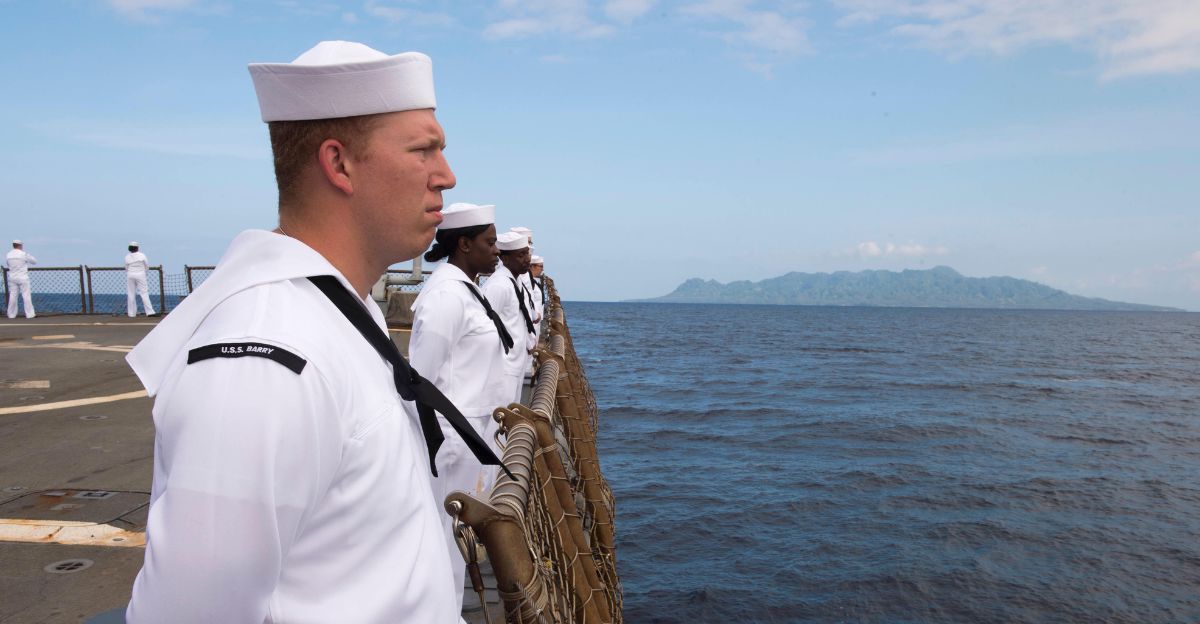
Each November, U.S. Navy ships glide into Iron Bottom Sound on the anniversary of the Guadalcanal landings and lower wreaths to honor the fallen.
For those who served here and local Islanders, the Sound is sacred; divers report that the fleet observes strict silence as they pass these resting ships.
The wrecks lie like an underwater cemetery. This solemn tradition reminds everyone that these were people, not just ships.
Museums in Honiara and memorial guides often show visitors footage of the wreath ceremony, reinforcing that the sacrifices of those sailors remain respected across generations.
Allied Victory
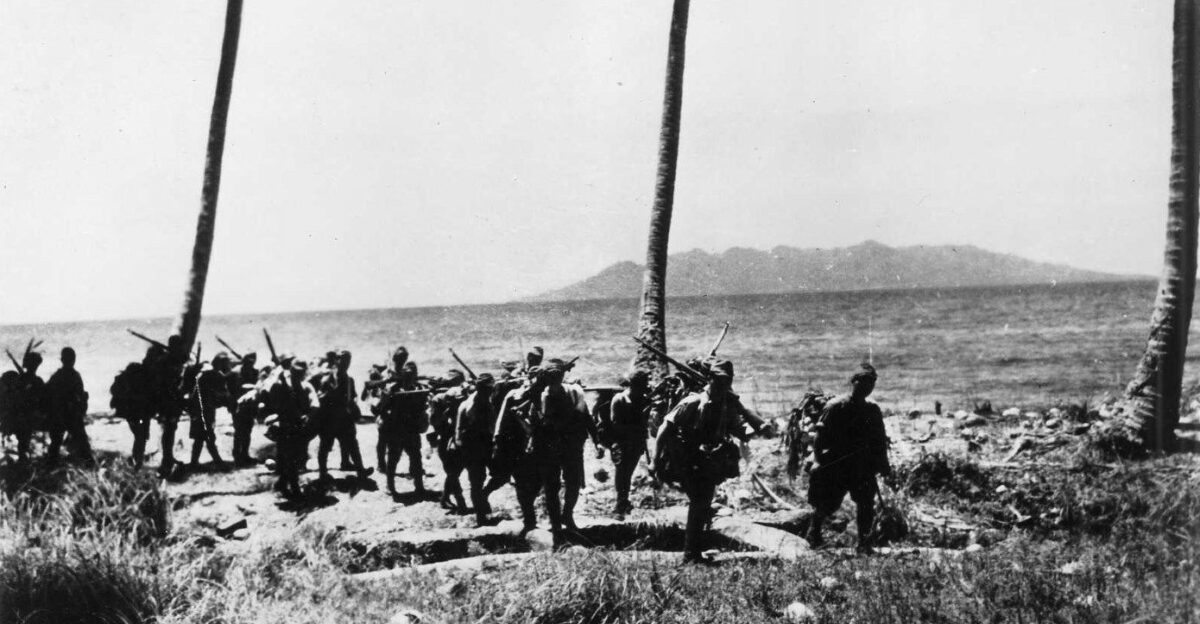
The Guadalcanal campaign ultimately delivered a crucial Allied victory. Both sides fought with “extreme courage and tenacity,” but as Rear Admiral Sam Cox observed, in the end the Americans and their allies prevailed.
The wrecks in Iron Bottom Sound now help us understand that costly struggle.
Cox noted that each wreck is more than debris – it is “the last resting place of sailors who gave the last full measure of devotion” – and this survey is an opportunity to remember their valor.
Every ship examined adds details to the battle’s history, helping ensure this sacrifice is never forgotten.
Environmental Concerns
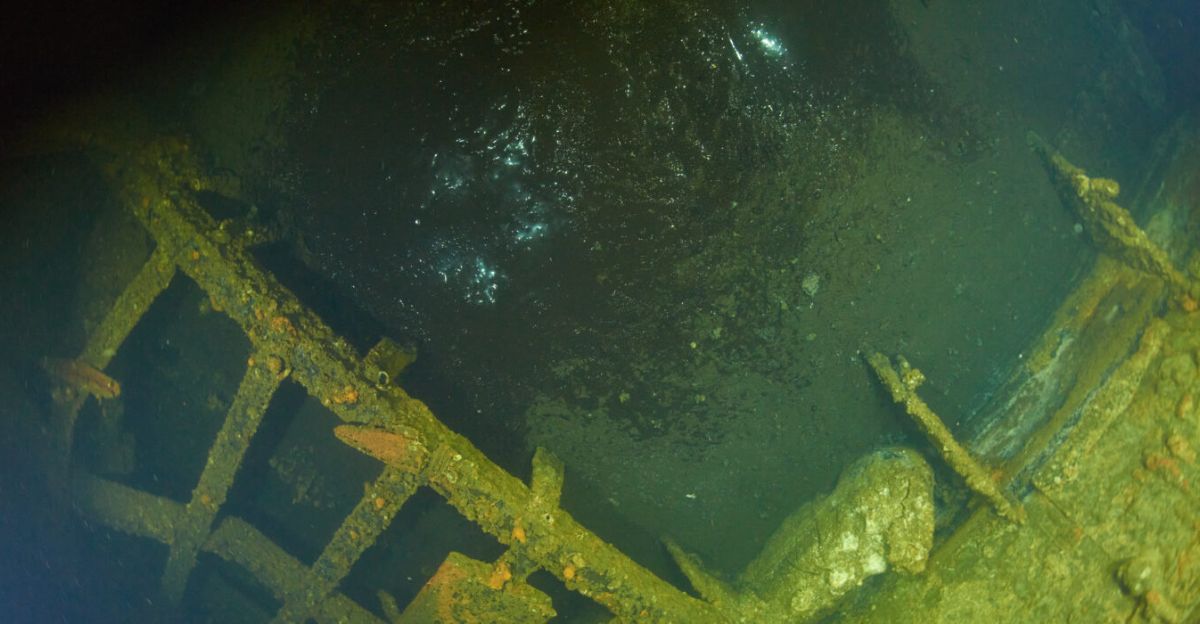
The Teruzuki find also raises environmental alarms. Many Pacific shipwrecks still hold thousands of tons of fuel oil and unexploded ordnance. In fact, after a 7.0 earthquake near Guadalcanal in 2022, oil began leaking from one WWII wreck onto shore.
A Pulitzer Center investigation calls these submerged hulks “ticking ecological time bombs,” warning that decades of corrosion and storms could soon release pollutants.
Regional groups are now racing to assess and mitigate risks before more damage occurs.
If these rusting wrecks rupture, coral reefs and fisheries vital to Solomon Island communities could be threatened by oil spills and toxic debris.
Cultural Heritage
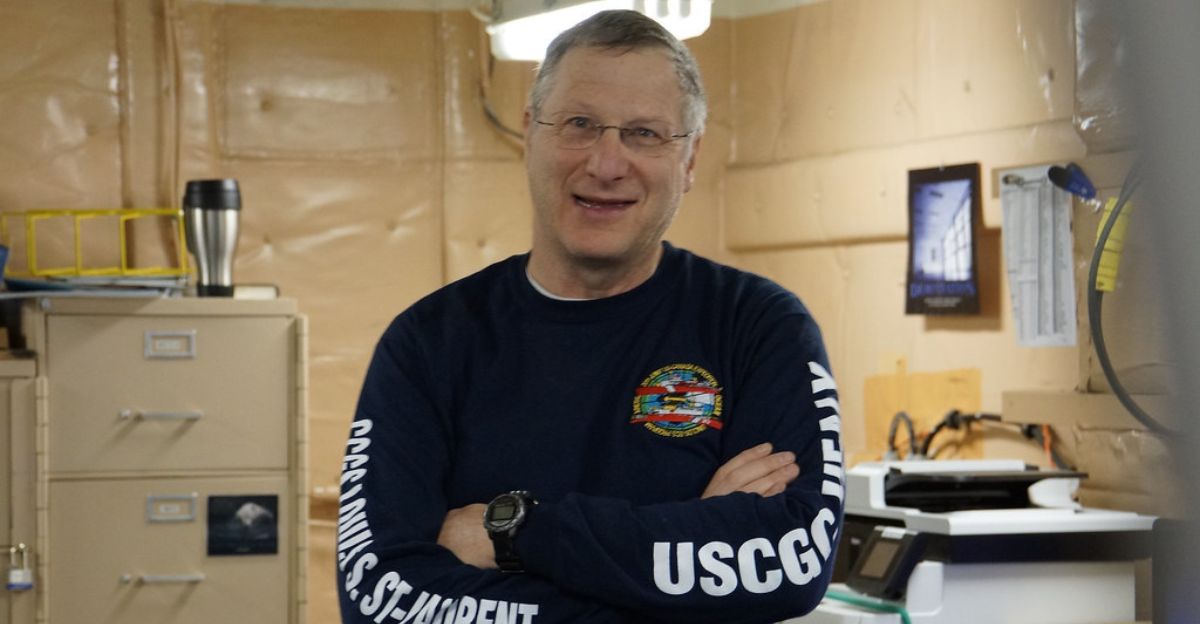
As 2025 marked the 80th anniversary of WWII’s end, these underwater discoveries offered a powerful link to the past. Oceanographer Larry Mayer described the expedition as “both humbling and very sobering,” mapping destruction while keeping alive “the memory of sacrifices made”.
By streaming dives to classrooms, museums and families, the mission turned the seabed into a living history lesson.
Exhibits and lesson plans now use the footage and images to teach new generations about how this shared history shaped today’s Pacific community.
The project honored cultural heritage by ensuring the stories of those battles are passed on.
Enduring Legacy
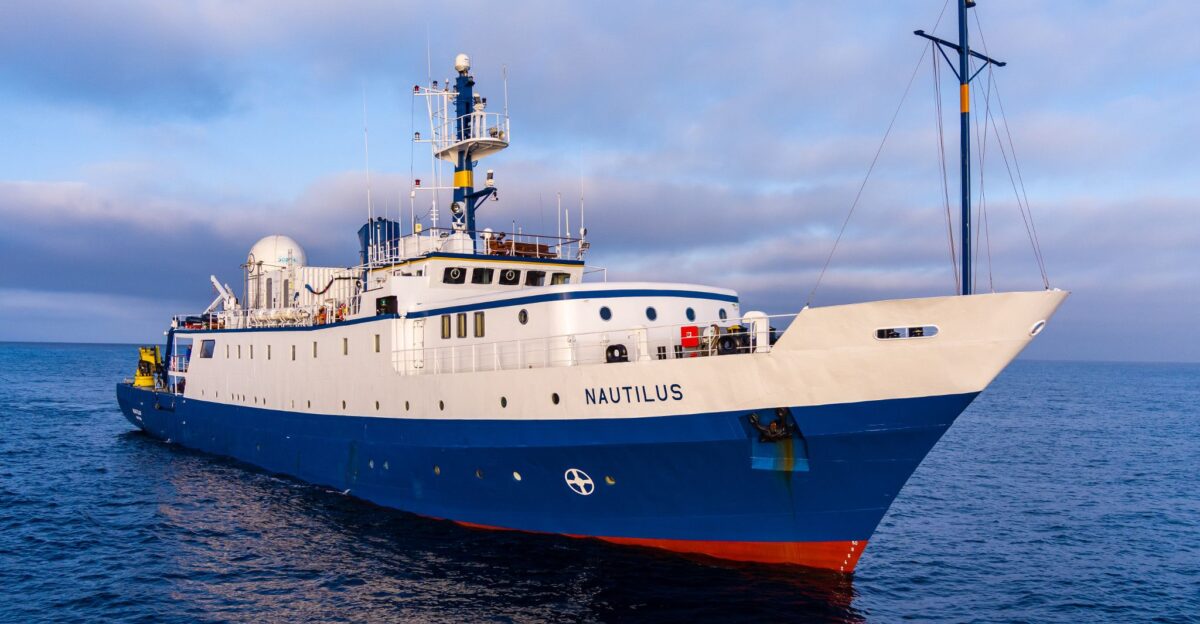
For Japanese and American researchers alike, this expedition has become a story of reconciliation.
Japanese archaeologist Hiroshi Ishii said he appreciated being “part of an international team shedding light on this campaign, which is important to all of our nations’ history”.
In that spirit, former enemies now work side by side to study the wreck. The Teruzuki’s transformation – from a weapon of war to a collaborative research subject – shows how acts of wartime courage can eventually unite people.
Eighty years on, the Shining Moon’s story has been rewritten from conflict into a shared legacy of peace and remembrance.